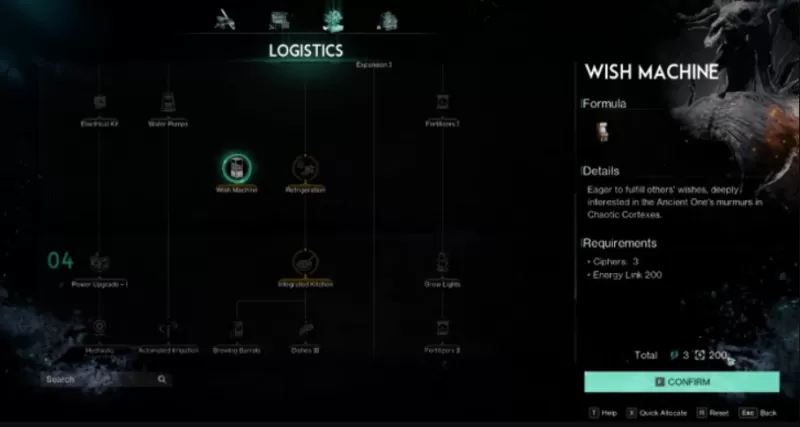As soon as I launched the Tempest Rising demo, I was hit with a wave of nostalgia that felt incredibly comforting. The opening cinematic, filled with cheesy dialogue from armored soldiers and a reedy scientist, set the tone perfectly. The music, UI design, and units all transported me back to my high school days, where I'd spend countless nights playing Command & Conquer, fueled by Mountain Dew, taco-flavored Pringles, and the thrill of sleep deprivation. Experiencing that feeling again through a new game in the modern era is exhilarating, and I'm eager to see what further delights Slipgate Ironworks has planned for the full release and beyond. Whether jumping into Skirmish mode to battle clever AI bots or engaging in Ranked Multiplayer, playing Tempest Rising feels as familiar and comfortable as slipping on a well-worn baseball glove.
This nostalgic vibe is no mere coincidence. The developers at Slipgate Ironworks intentionally set out to craft a real-time strategy (RTS) game that evokes the classics from the 90s and 2000s, while incorporating the quality-of-life enhancements expected of modern titles. Set in an alternate 1997, Tempest Rising unfolds in a world where the Cuban Missile Crisis escalated into World War 3. Following the nuclear devastation, mysterious flowering vines emerged, brimming with electrical energy, heralding a new era for those brave enough to harvest them amidst the fallout.
Tempest Rising Screenshots

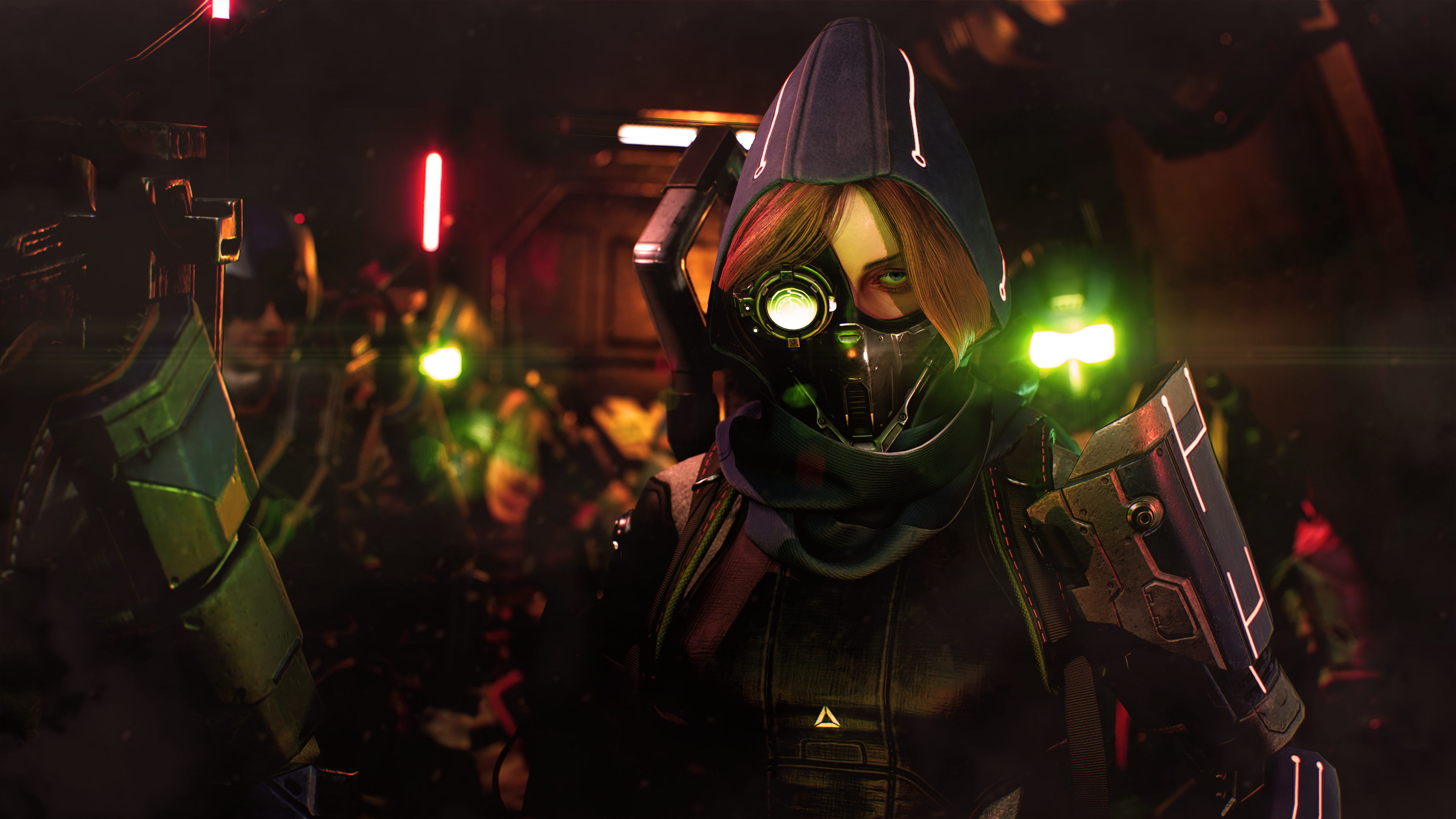 8 Images
8 Images
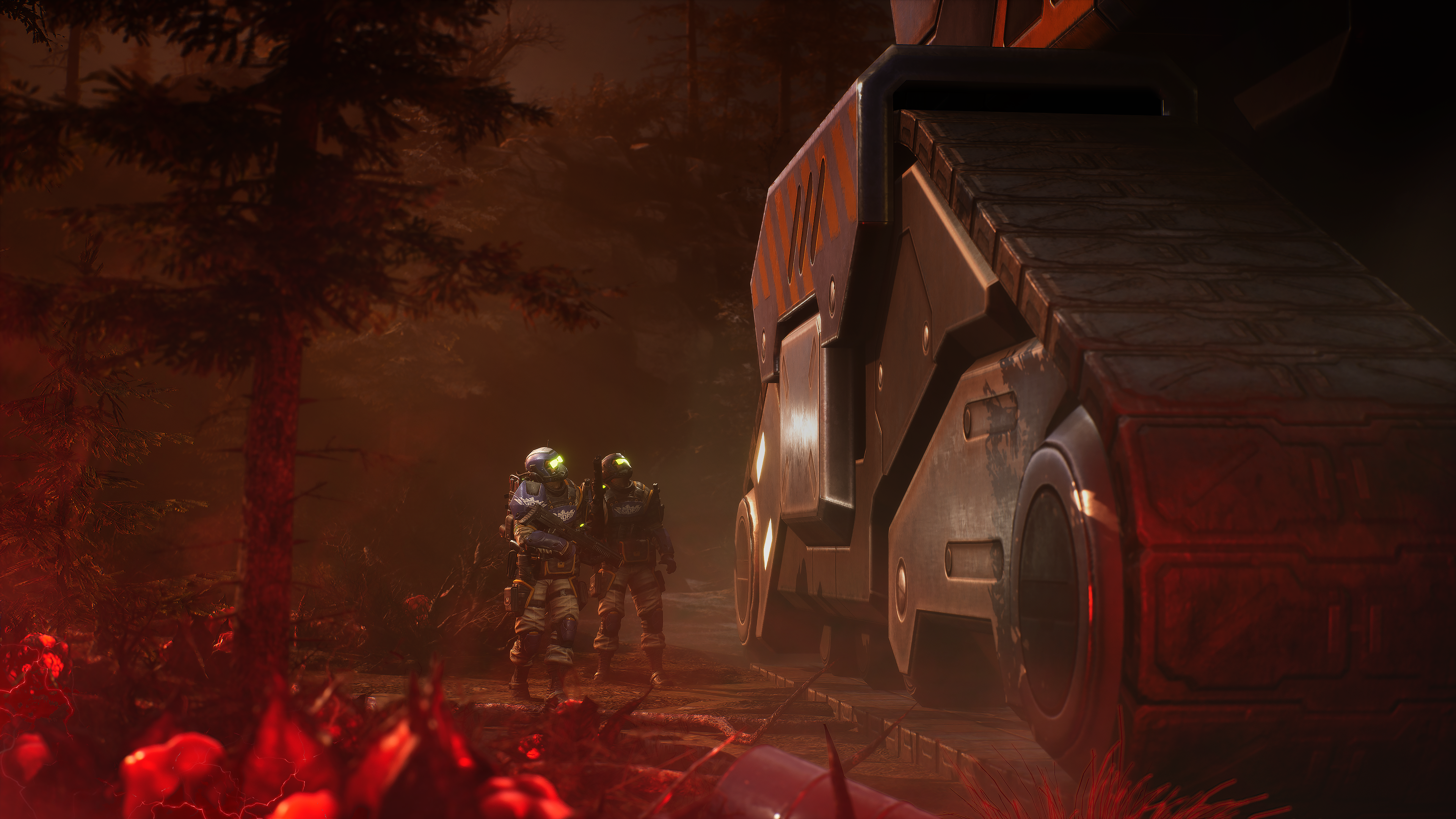
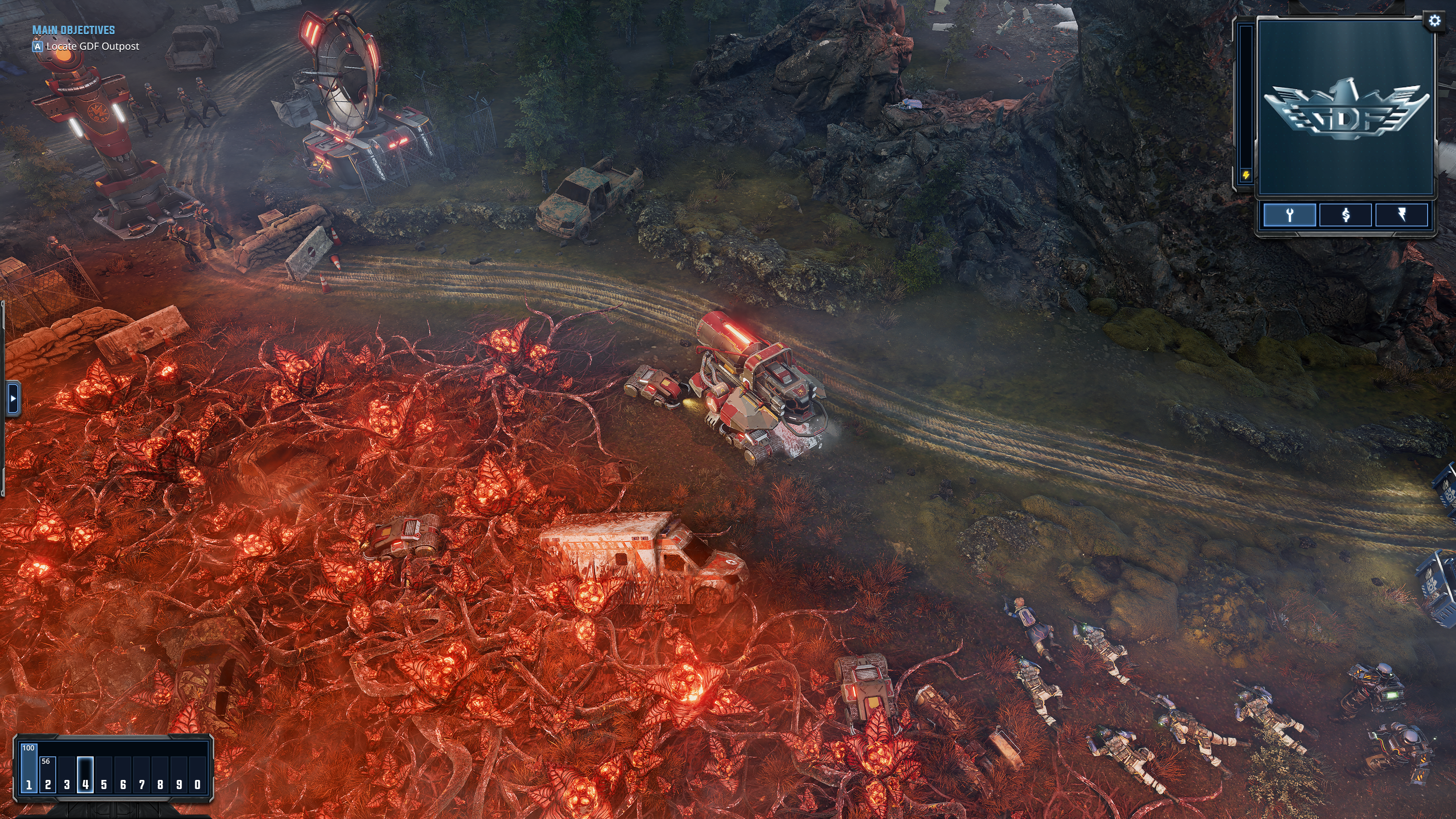
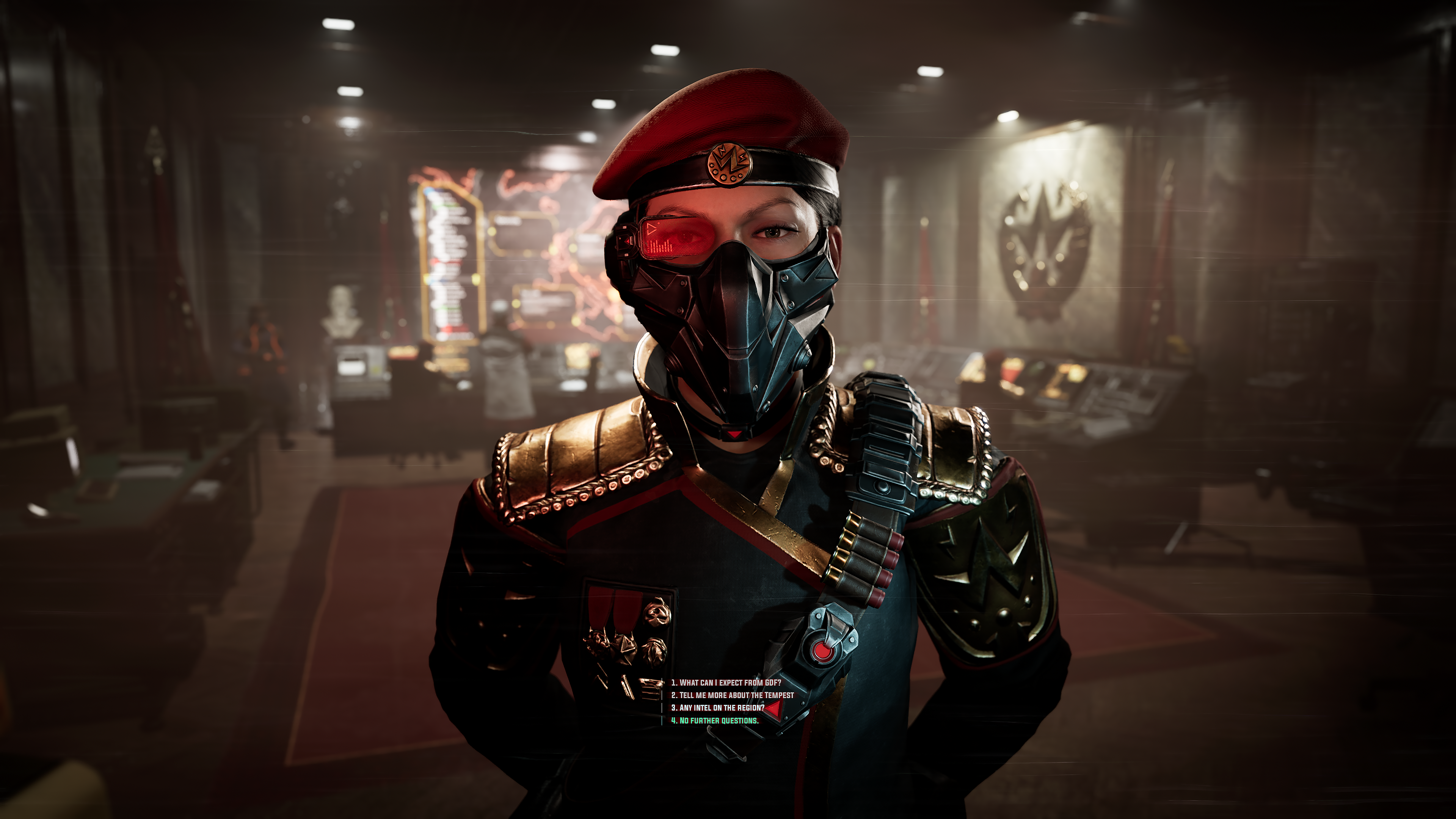 Since the demo I played focused solely on multiplayer, I'm eagerly awaiting the story mode, which promises two replayable 11-mission campaigns, each dedicated to one of the game's main factions. The Tempest Dynasty (TD), an alliance of Eastern European and Asian nations devastated by WW3, and the Global Defense Forces (GDF), comprising the United States, Canada, and Western Europe, are the factions available in the preview. A third faction remains a mystery, set to be revealed with the campaign, which isn't playable in the demo, Steam RTS Fest demo, or at launch.
Since the demo I played focused solely on multiplayer, I'm eagerly awaiting the story mode, which promises two replayable 11-mission campaigns, each dedicated to one of the game's main factions. The Tempest Dynasty (TD), an alliance of Eastern European and Asian nations devastated by WW3, and the Global Defense Forces (GDF), comprising the United States, Canada, and Western Europe, are the factions available in the preview. A third faction remains a mystery, set to be revealed with the campaign, which isn't playable in the demo, Steam RTS Fest demo, or at launch.
The Tempest Dynasty particularly caught my attention, not just because of their quirky 'death ball' vehicle, the Tempest Sphere, which amusingly rolls over and crushes enemy infantry. The Dynasty also offers 'plans,' which are faction-wide bonuses of three distinct types. Starting with the Construction Yard, which everyone begins with, you can activate one plan at a time. All you need is additional power generation and, aside from a 30-second cooldown to switch plans, you're set to go.
The Logistics Plan speeds up building construction and resource harvesting, including faster-moving resource harvesters. The Martial Plan boosts unit attack speed, offers resistance against rockets and explosives, and allows Machinist units to sacrifice health for a 50% attack speed increase. Finally, the Security Plan reduces the cost of creating units and buildings, enhances the Repair function, and expands Radar vision. I found a fun rhythm by alternating between resource-gathering phases with the Logistics Plan, accelerated building phases with the Security Plan, and offensive phases with the enhanced combat capabilities of the Martial Plan.This flexibility extends to other aspects of the Dynasty as well. Instead of establishing a base with a Refinery to harvest nearby tempest fields like the GDF, the Tempest Dynasty uses Tempest Rigs. These vehicles drive to resource-rich areas, harvest until the field is depleted, and then move on. This makes my favorite 'fast expand' RTS strategy easier than ever, especially since these self-contained units can operate far from my base. Sending a few Tempest Rigs to distant locations allowed them to harvest undisturbed, generating steady income without being detected by opponents.
The Dynasty also features a versatile unit called the Salvage Van, which can repair nearby vehicles or switch to Salvage Mode to destroy any nearby vehicles, returning resources to the salvaging player. I enjoyed sneaking up on inattentive opponents, parking a salvage truck next to their vehicles, and destroying them to both weaken their army and claim their resources. Additionally, the Dynasty's power plants can switch to 'Distribution Mode,' which accelerates the construction and attack speed of nearby buildings (some of which have cannons, adding to the fun), at the cost of taking damage. Fortunately, the mode automatically deactivates at critical health levels, preventing self-destruction.While I'm drawn to the Tempest Dynasty, the GDF has its own appeal, focusing on buffing allies, debuffing enemies, and controlling the battlefield. My favorite GDF synergy involves the Marking mechanic, where certain units can 'mark' enemies, causing them to drop Intel upon defeat, which is used for advanced units and structures. With specific Doctrine upgrades (Tempest Rising's tech trees), marked enemies suffer various debuffs, including reduced damage output, increased damage taken, and extended attack ranges for certain units.
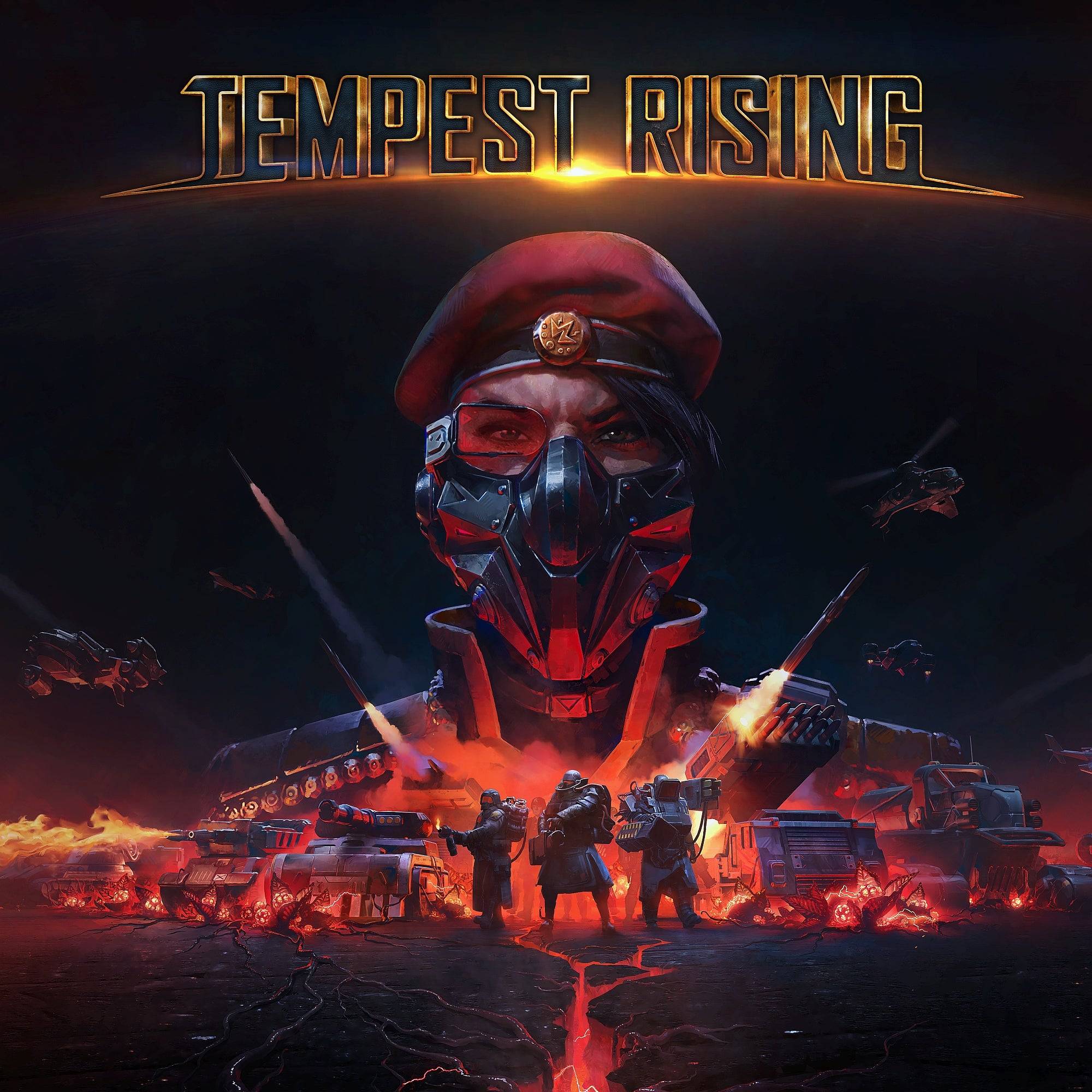 Tempest Rising3D Realms WishlistEach faction offers three tech trees to explore, allowing players to specialize in different aspects of their faction. For instance, the GDF's 'Marking & Intel' tree enhances the marking mechanic, while the Dynasty's tree boosts the effectiveness of their 'Plans.' Beyond tech trees, advanced buildings unlock cooldown abilities that can significantly influence battles, adding strategic depth and flavor to each faction's playstyle. While both factions have abilities for area damage and troop spawning, the GDF can also deploy spy drones, create remote building beacons, and temporarily disable enemy vehicles.
Tempest Rising3D Realms WishlistEach faction offers three tech trees to explore, allowing players to specialize in different aspects of their faction. For instance, the GDF's 'Marking & Intel' tree enhances the marking mechanic, while the Dynasty's tree boosts the effectiveness of their 'Plans.' Beyond tech trees, advanced buildings unlock cooldown abilities that can significantly influence battles, adding strategic depth and flavor to each faction's playstyle. While both factions have abilities for area damage and troop spawning, the GDF can also deploy spy drones, create remote building beacons, and temporarily disable enemy vehicles.
There's much more to explore, and I'm excited to dive deeper, especially since the full release will include Custom Lobbies for playing with friends against the clever AI bots, which demonstrated impressive hit-and-run and harrying tactics during my Skirmishes. Until then, I'll continue battling alone, delighting in squishing my bot enemies with swarms of death balls.



